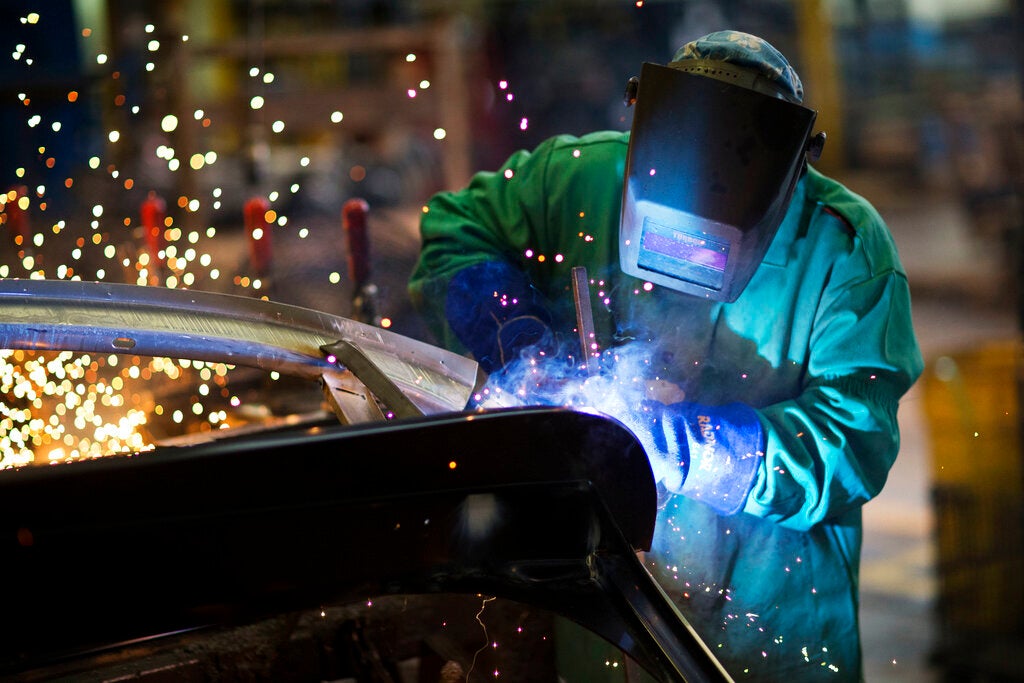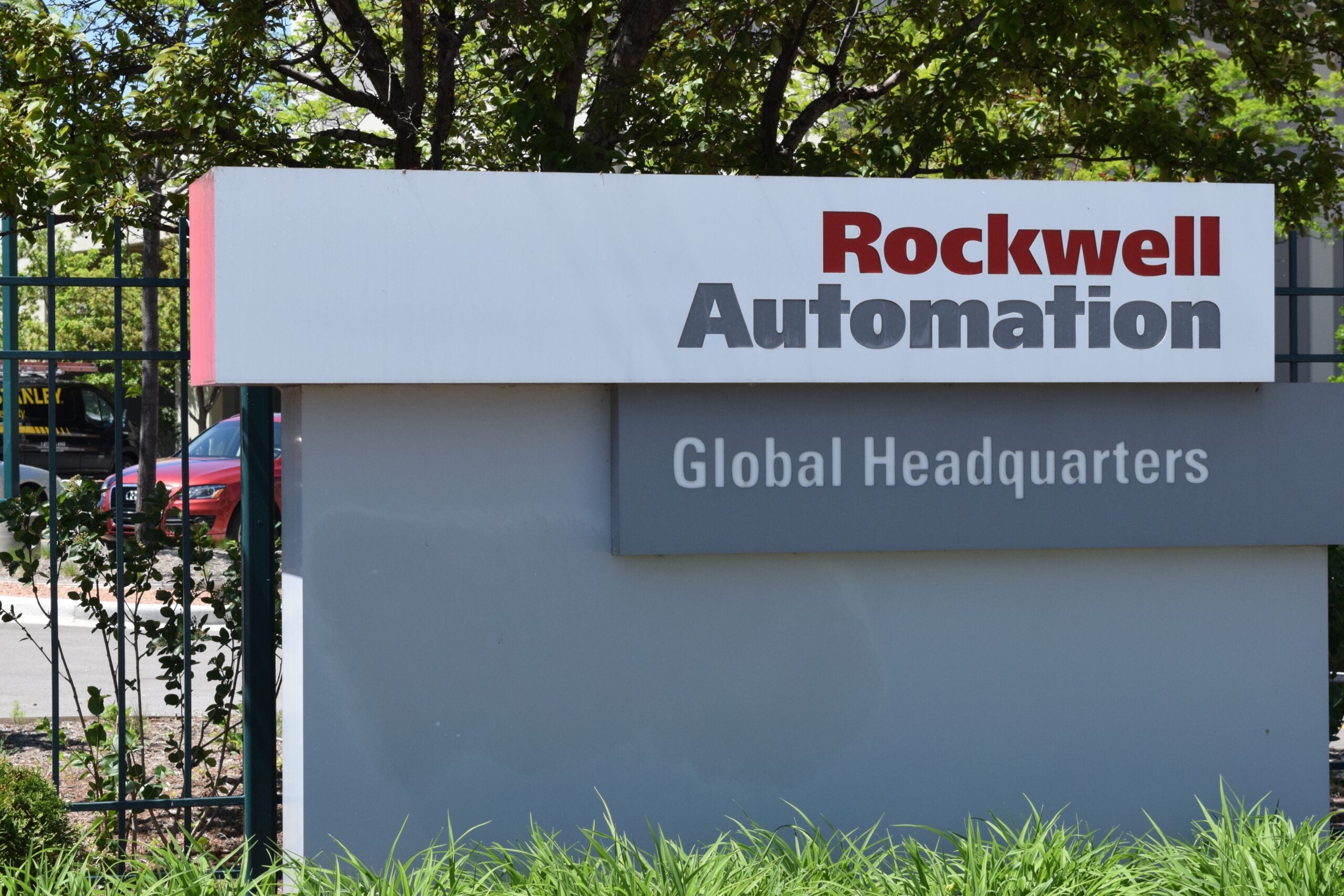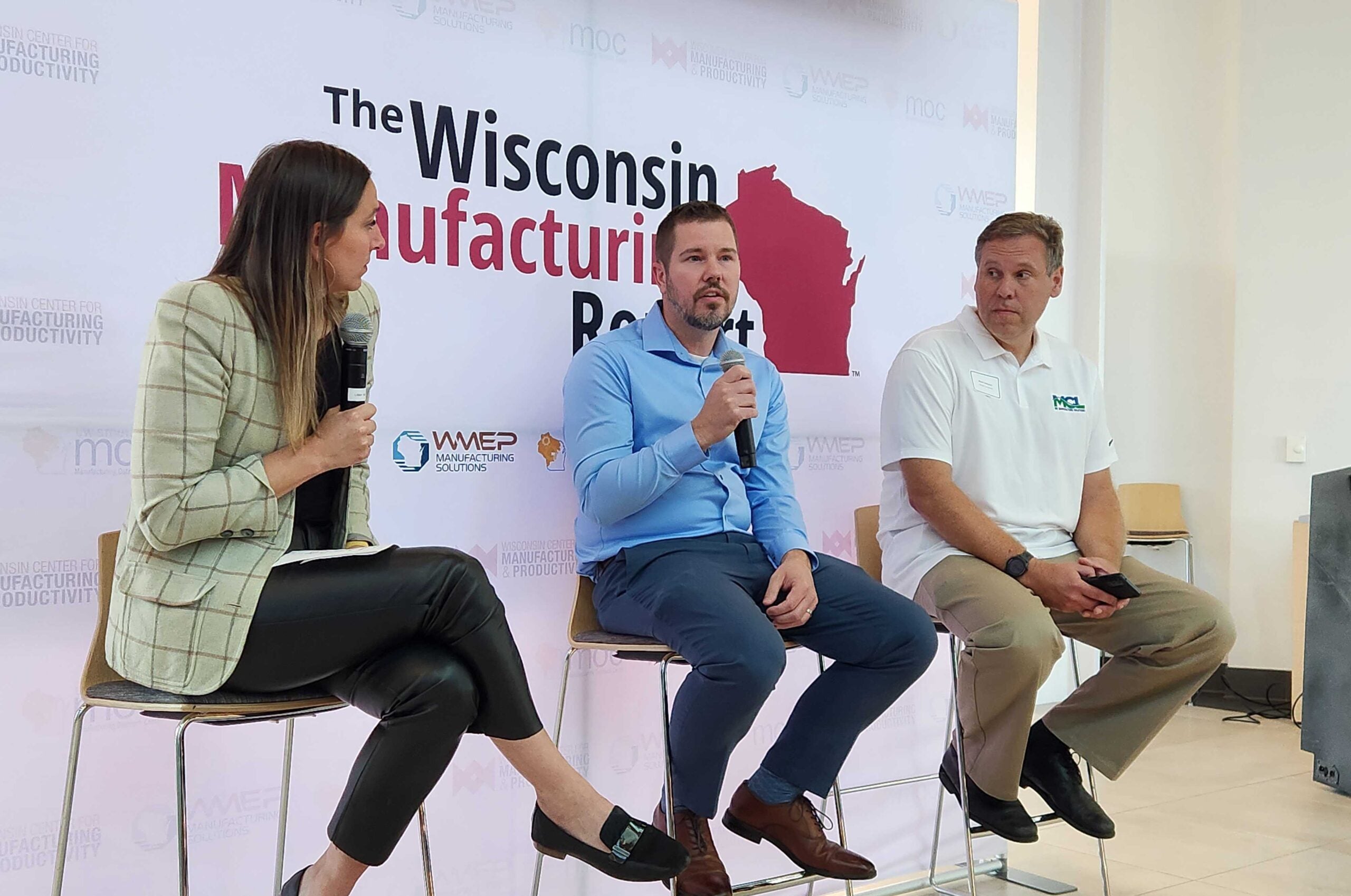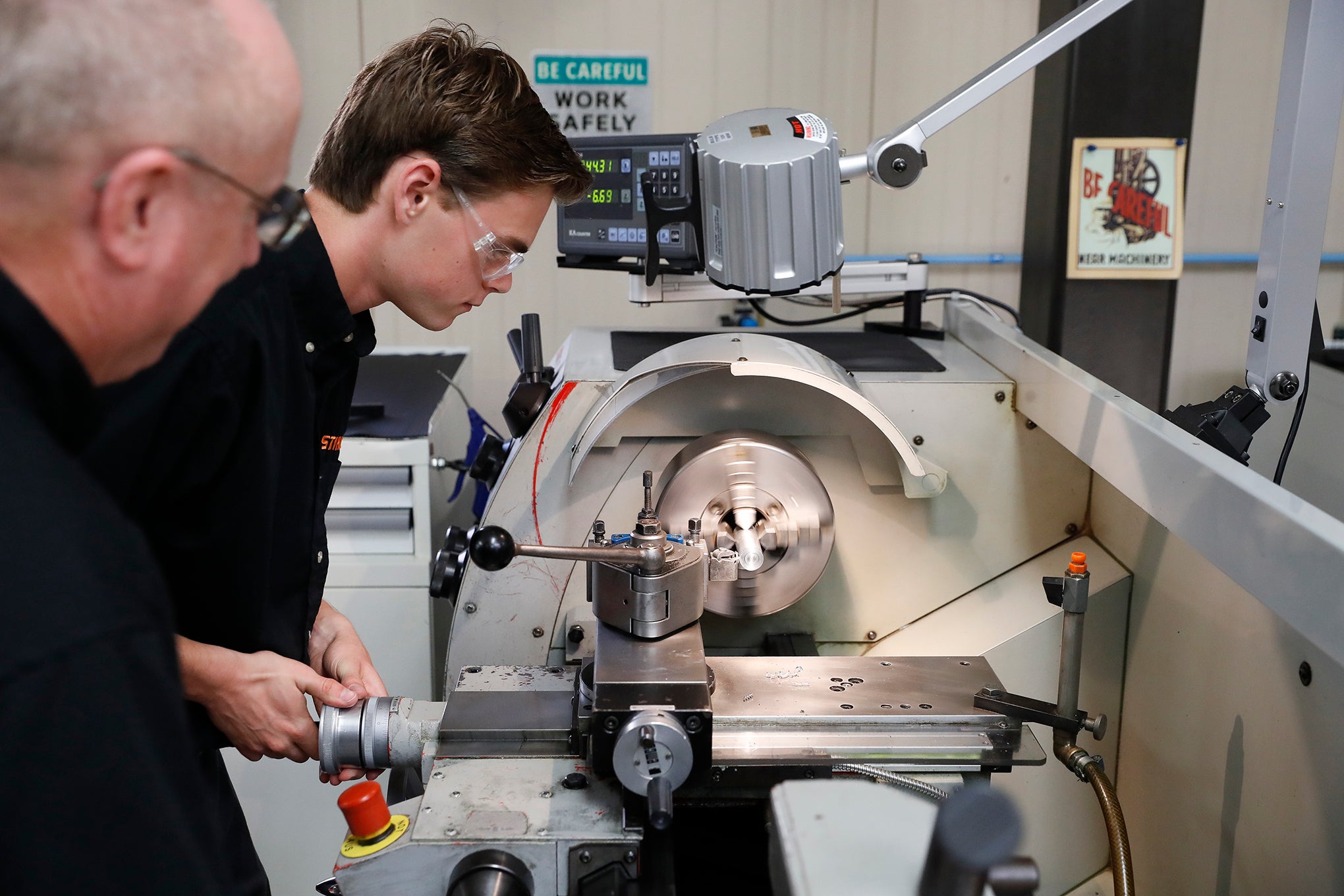Despite fears of a possible recession, manufacturers in northeast Wisconsin have a “bullish” outlook for 2023.
The Northeast Wisconsin Manufacturing Alliance released its 2023 Manufacturing Vitality Index report last month, which surveyed 122 companies. It found that 99 percent believe their business will be financially healthy this year, and 71 percent think sales will increase.
A majority of the companies surveyed also reported plans to make investments in facilities and recruitment in 2023 and beyond. But respondents also pointed to supply chain constraints and labor shortages as areas for concern.
News with a little more humanity
WPR’s “Wisconsin Today” newsletter keeps you connected to the state you love without feeling overwhelmed. No paywall. No agenda. No corporate filter.
“Overall, I think companies are still pretty bullish,” said Ann Franz, executive director for the Northeast Wisconsin Manufacturing Alliance. “We can feel very comfortable with 2023, and I’m really excited about 2023.”
Buckley Brinkman, CEO of the Wisconsin Center for Manufacturing & Productivity, said the northeast Wisconsin survey results broadly mirror statewide sentiments. He said fears of a recession have had a large impact on the tech sector, but not manufacturing.
“So far, this recession has not impacted manufacturing to any great extent,” he said. “What it’s done is taken some of the activity off of an all-time high, and brought it down to a more sustainable level.”
Manufacturers’ optimism is reflected in the number of respondents who said their company plans to invest in facility upgrades.
In the 2023 outlook report, 75 percent of respondents said they plan to invest in plant modernization or facility upgrades — up from 46 percent in 2013, the first year the survey was conducted. Similarly, about 1-in-3 respondents said their company plans to expand in Wisconsin in the next 12 to 24 months.
The upgrades largely aim to address the workforce shortage by incorporating more automation, Franz and Brinkman said.
“The labor shortage is not going to end anytime soon, so it’s important that manufacturers and other companies find ways to use technology and process improvement to get around that obstacle,” Brinkman said.
Meanwhile, the expansions reflect companies growing their footprints, Franz said. She described expansions of northeast Wisconsin manufacturers as exciting because it shows the strength of the region.
“If one out of three companies are expanding, that means they’re staying here, they’re not looking to go somewhere else,” she said. “They’re adding on to their facility and growing right here in Wisconsin.”
One company that aims to grow its operations in northeast Wisconsin is Georgia-Pacific, which broke ground on a $500 million expansion in Green Bay in 2022 that aims to create 100 new jobs.
Mike Kawleski, public affairs manager for Georgia-Pacific’s Green Bay operation, said the company’s facilities in northeast Wisconsin face internal competition with other plants across the country. But the company values its Green Bay operations for several reasons.
“No. 1 is the workforce that has a great work ethic,” he said. “Another thing is our very successful history. Whenever there has been investment (in Green Bay), we have used it wisely and there’s been a return on that investment.”
Kawleski added that the region also has a rich history of manufacturing, specifically in the paper industry. Another factor for northeast Wisconsin’s strong manufacturing sector, he said, are the relationships between companies and the University of Wisconsin System and Wisconsin Technical College System, which are crucial to finding employees.
In fact, the survey said 60 percent of manufacturers plan to hire new employees in the first quarter of 2023 and that number jumps to 68 percent by the end of the year.
However, 91 percent of companies anticipate difficulties finding and attracting talent. Some of the most in-demand positions include machinists, general laborers, machine operators, welders, engineers and spray painters.
“But it’s not just the occupations that are an issue,” Franz said, “it’s employability skills.”
The survey found that employers find the workforce is deficient in “soft skills,” or non-technical skills. Over half of respondents identified communication and attendance as two of the skills that prospective employees lack.
One of the technical skills most lacking in the labor force is basic math, Franz added.
“If your child asked you, ‘When am I ever going to use math in the real world?’ Well, we’ve shown in the study that the basic math skills kids are learning in middle and high school are very much needed in today’s manufacturing workforce,” she said.
Another challenge facing manufacturers in northeast Wisconsin is supply chain constraints. More than 98 percent of survey respondents said their supply chain was negatively impacted last year.
“That is a huge concern because if they do not have the materials, they need to make the product, well then they can’t sell the product,” Franz said.
To combat supply chain disruptions, manufacturers are increasingly looking at using domestic suppliers and ways to boost domestic production, she said.
“A lot of these companies are realizing, looking at China and companies outside the U.S. are not a long term solution,” Franz said. “We’re really trying to also help our members connect with one another because there may be a supplier just down the street that you just never knew about.”
She added that companies are also trying to order materials in advance and in larger quantities than they had prior to the COVID-19 pandemic.
Even with supply chain issues and labor shortages, Brinkman said Wisconsin manufacturers feel confident about 2023.
“I would not be looking for much of a downturn in the coming year,” he said. “The demand is still strong, and people are still working very hard and doing well.”
Wisconsin Public Radio, © Copyright 2026, Board of Regents of the University of Wisconsin System and Wisconsin Educational Communications Board.





